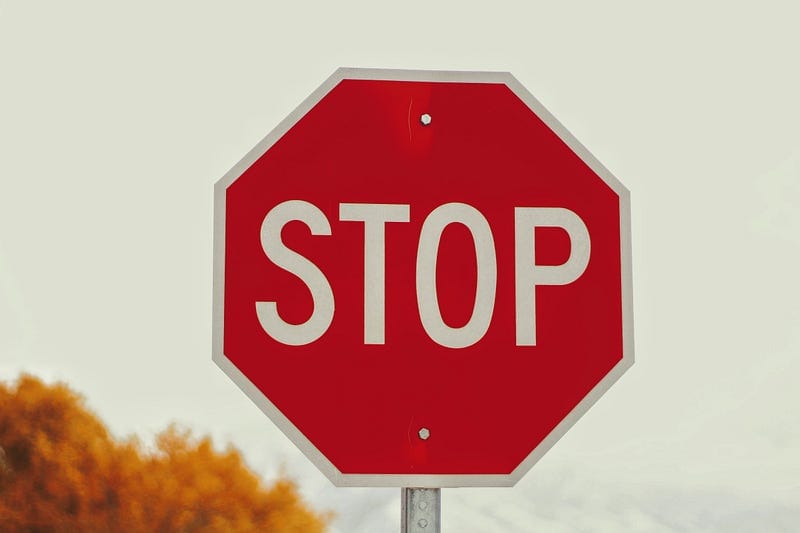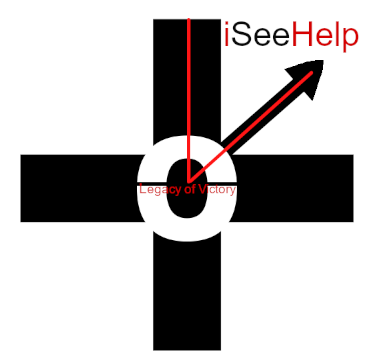STOP
The Inner Game of Stress

STOP is a surprisingly simple tool, and it means exactly what it says: Stop the unconscious momentum and make the shift to being conscious. To me it means being mindful instead of being mindless. The Inner Game of Stress: Outsmart Life’s Challenges and Fulfill Your Potential by W. Timothy Gallwey shows us how to do that.
S — Step back. Put some distance between you and the situation. When you step back, you stop the momentum. You have a different tactical perspective, and that gives you more options. Practice for one day: With any stressful communication, pause for two or three seconds before your respond. Just the briefest pause can allow your brain to switch out of reactive mode and into conscious mode.
T — Think. What is the truth about what is happening? What’s causing you to feel stress in this situation? What are your priorities? Your options? Your obstacles? What is it in this situation that is causing me to feel fear, frustration, or pain? Why am I doing this? What am I trying to accomplish? Go to your think space: Find a physical place that is removed from a stressful situation, a spot which for you is conducive to reflection…. Here are some questions that can be helpful to focus your reflection. Thinking is not just reasoning or logic, but includes other ways of knowing, such as feeling, intuiting, and seeing. Asking even a few of these questions can be enough to switch you from automatic to conscious action.
- What’s the truth about what is happening here?
- What am I feeling about this situation?
- What are my priorities?
- Are my actions or thoughts aligned with my priorities?
- What are the obstacles to moving toward my desired outcome?
- What assumptions am I making?
- What other action options do I have?
- What resources can I access, inner and outer?
- How can I enjoy myself in this situation?
O — Organize your thinking. What’s your plan of action? Thoughts don’t occur in a logical, sequential fashion. They need to be organized before meaningful action can happen. It allows us to go from panic to a sense of control.
P — Proceed. Move forward, with increased clarity and understanding. Reflection without action is like walking with one leg. Without action you don’t accomplish and don’t really learn. When your environment is doing to you instead of you doing to your environment, mistakes get made. Taking a little time to be conscious saves much more time than it takes. Productivity increases when people are able to take a break, make a plan, and get control.
When to STOP
- STOP at the beginning and end of each day to reflect and plan.
- STOP whenever you sense that you are caught in unconscious momentum and feel out of control.
- STOP before you go into a meeting, to think about the purpose, goals, and anticipated roadblocks.
- STOP before you meet someone, to think about how you can create a meaningful moment with him or her before you both continue your day or about the kind of conversation you want to have.
Once you get in the habit, you’ll find yourself using STOP frequently, and you’ll begin to notice a difference in the way you approach problems.
Highlights from The Inner Game of Stress by W. Timothy Gallwey, pp. 104–110.

